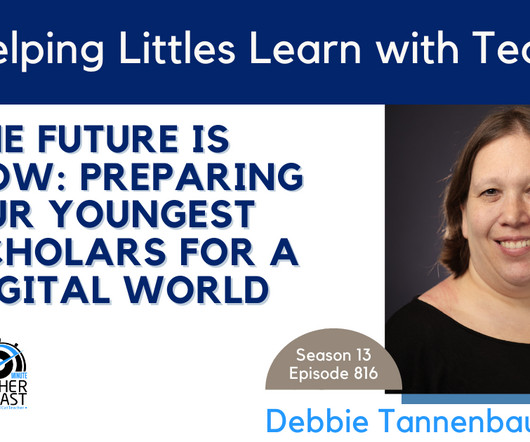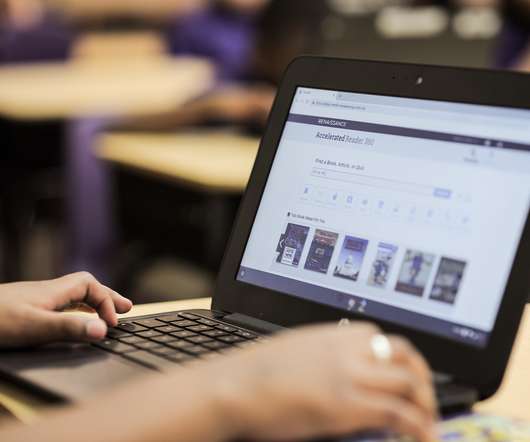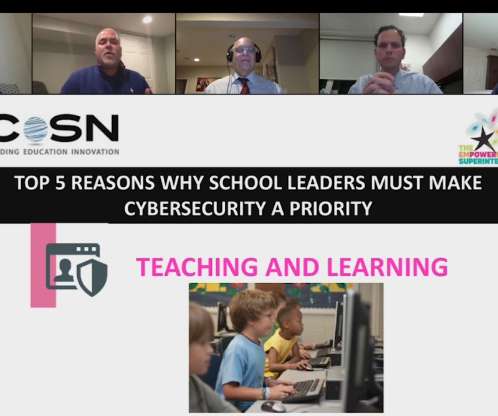How to Grow Global Digital Citizens
Ask a Tech Teacher
OCTOBER 27, 2017
With the rise of online games, web-based education, and smartphones that access everything from house lights to security systems, it’s not surprising to read these statistics: In 2013, 71 percent of the U.S. Digital Citizenship webinar. population age 3 and over used the Internet. –published first on TeachHUB.











































Let's personalize your content